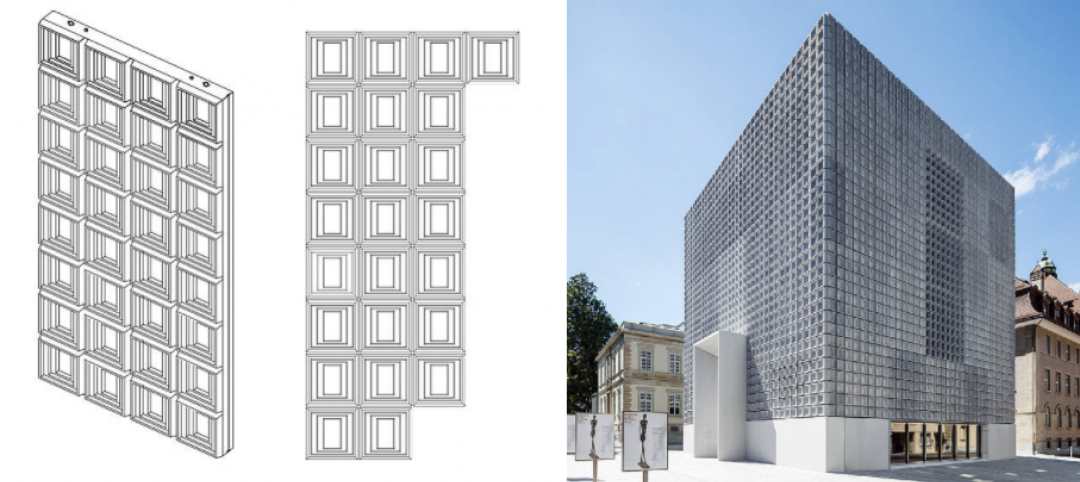A consortium of construction firms, property developers, and building engineers have pledged to drive down the carbon emissions of concrete.
The new ConcreteZero initiative consists of 17 companies that have pledged to bring the proportion of “low-emissions” concrete they use to 30% by 2025 and 50% by 2030. Major European construction firms including Laing O’Rourke, Mace, Skanska UK, and Willmott Dixon; property owners and developers including Canary Wharf Group and Grosvenor; and engineering firms including Buro Happold and Thornton Tomasetti are aiming to use only zero-carbon concrete by 2050.
The 2050 goal is a high mark that will likely be hard to reach. Cement production accounts for between 7% and 8% of global carbon emissions today. With increasing demand for concrete for construction, and the carbon-intensity of global cement production growing, emissions from concrete production have been rising in recent years.
But options to reduce the carbon-intensity of concrete are broadly available, practical, and cost-effective today, building decarbonization experts say. ConcreteZero is modeled on similar Climate Group initiatives including a pledge to boost the use of renewable energy to commit to sourcing more low-carbon steel.
Related Stories
| Aug 11, 2010
Suffolk Construction Company acquires William A. Berry & Son
Suffolk Construction Company, New England’s largest construction company announced today that they have acquired William A. Berry & Son (Berry), the second largest construction company in the region. The two companies, both with deep New England roots and successful track-records, combined will have more than 1,200 employees and projected revenues of $2 billion.
| Aug 11, 2010
AIA Course: Building with concrete – Design and construction techniques
Concrete maintains a special reputation for strength, durability, flexibility, and sustainability. These associations and a host of other factors have made it one of the most widely used building materials globally in just one century. Take this free AIA/CES course from Building Design+Construction and earn 1.0 AIA learning unit.
| Aug 11, 2010
AIA Course: Historic Masonry — Restoration and Renovation
Historic restoration and preservation efforts are accelerating throughout the U.S., thanks in part to available tax credits, awards programs, and green building trends. While these projects entail many different building components and systems, façade restoration—as the public face of these older structures—is a key focus. Earn 1.0 AIA learning unit by taking this free course from Building Design+Construction.
| Aug 11, 2010
Tall ICF Walls: 9 Building Tips from the Experts
Insulating concrete forms have a long history of success in low-rise buildings, but now Building Teams are specifying ICFs for mid- and high-rise structures—more than 100 feet. ICF walls can be used for tall unsupported walls (for, say, movie theaters and big-box stores) and for multistory, load-bearing walls (for hotels, multifamily residential buildings, and student residence halls).
Concrete | Aug 11, 2010
8 Innovations That Will Rock Your Next Concrete Project
If you think you've seen it all when it comes to concrete construction, then you haven't sat down with Blaine Brownell. The architect-turned-blogger-turned-author has become the industry's foremost expert in everything that is unconventional and provocative in the building products field. For the past eight years, this LEED Accredited Professional, BD+C “40 Under 40” winner, and vis...
| Aug 11, 2010
Great Solutions: Products
14. Mod Pod A Nod to Flex Biz Designed by the British firm Tate + Hindle, the OfficePOD is a flexible office space that can be installed, well, just about anywhere, indoors or out. The self-contained modular units measure about seven feet square and are designed to serve as dedicated space for employees who work from home or other remote locations.









